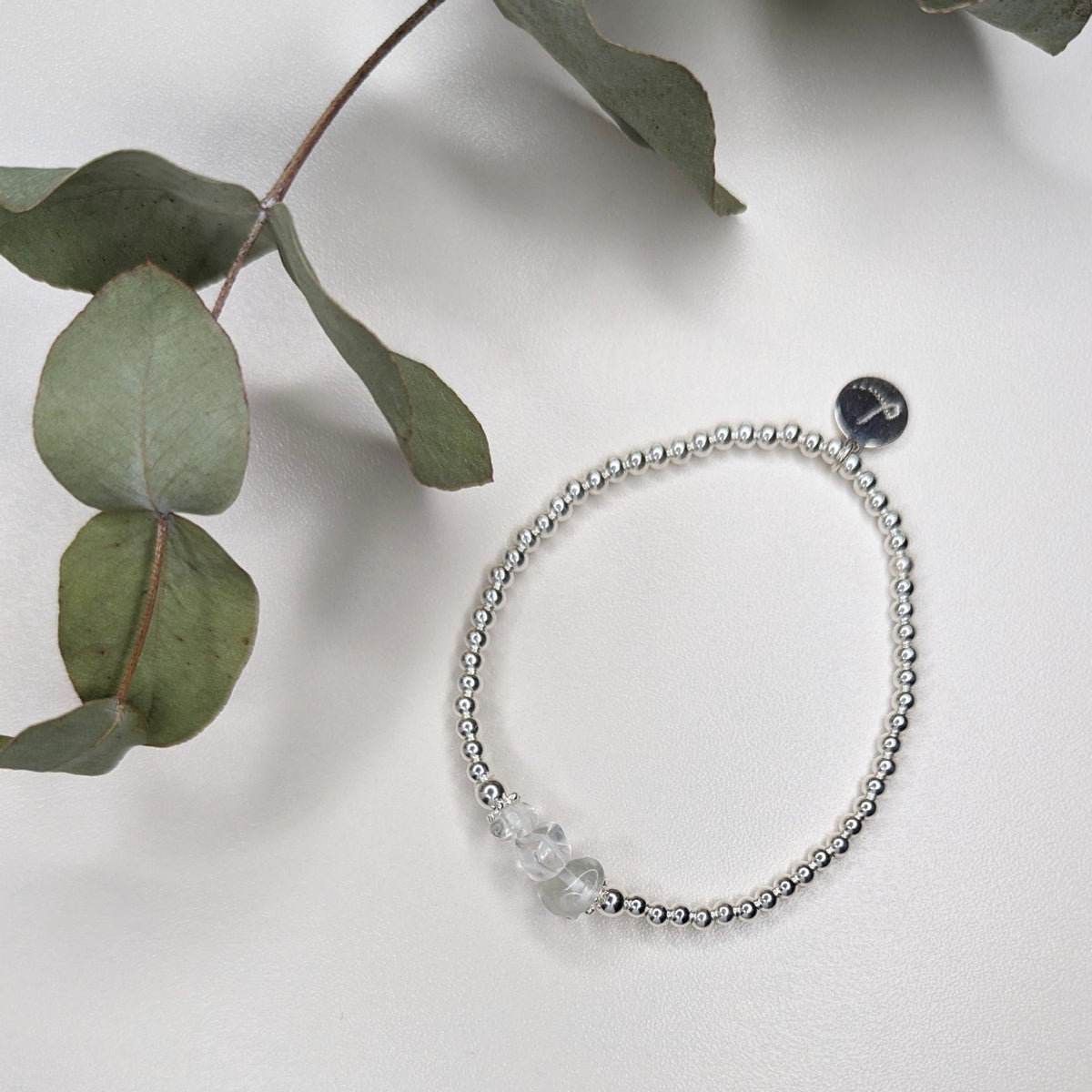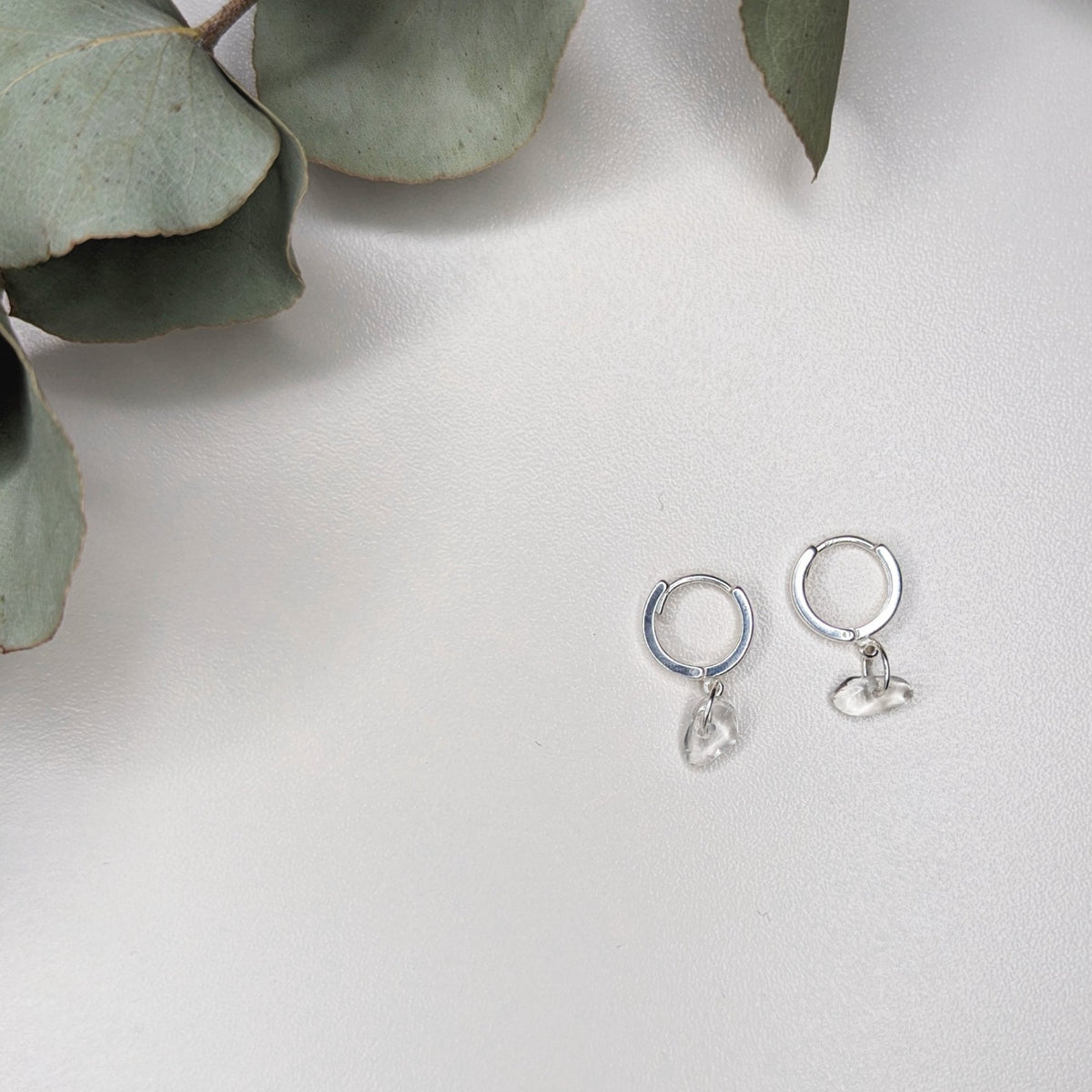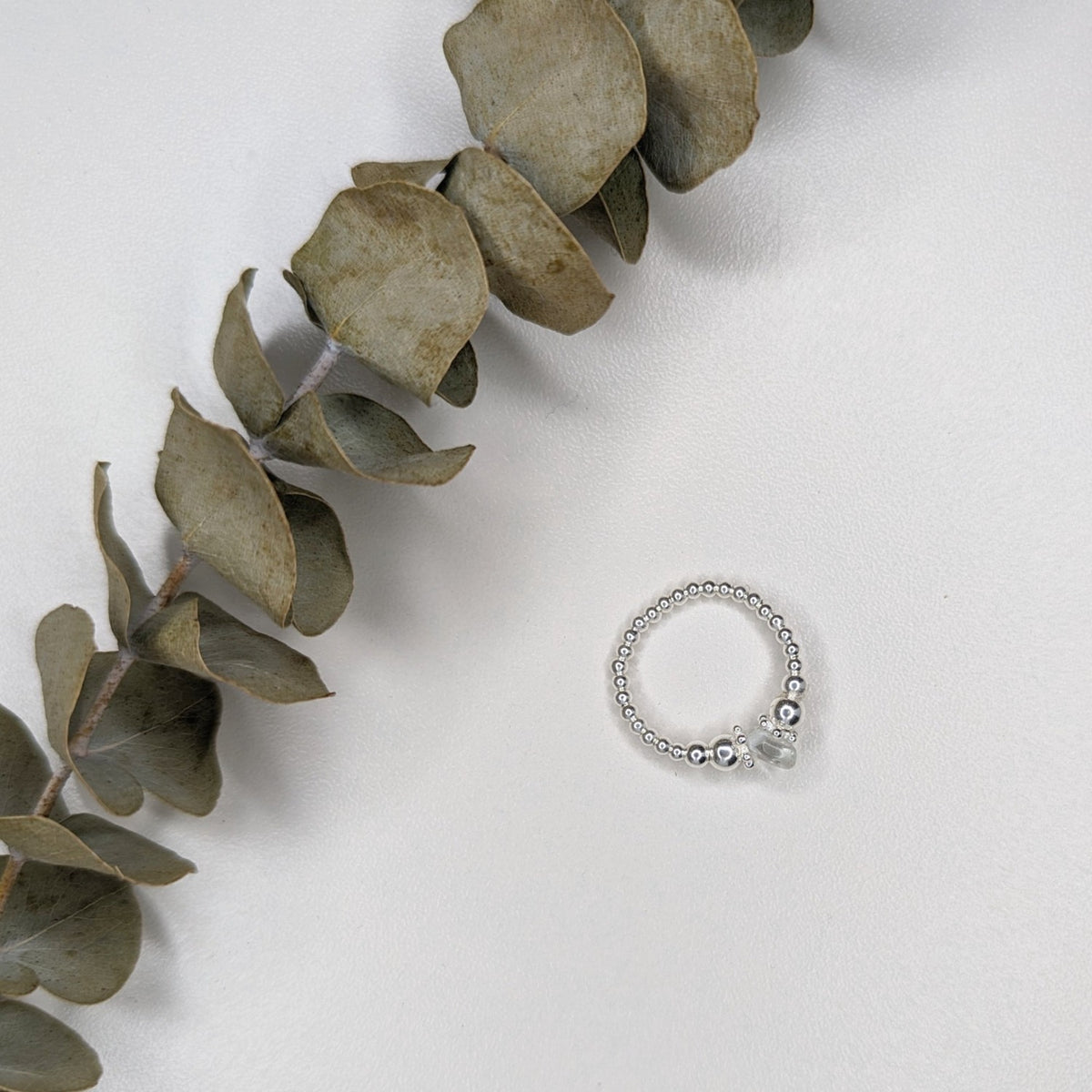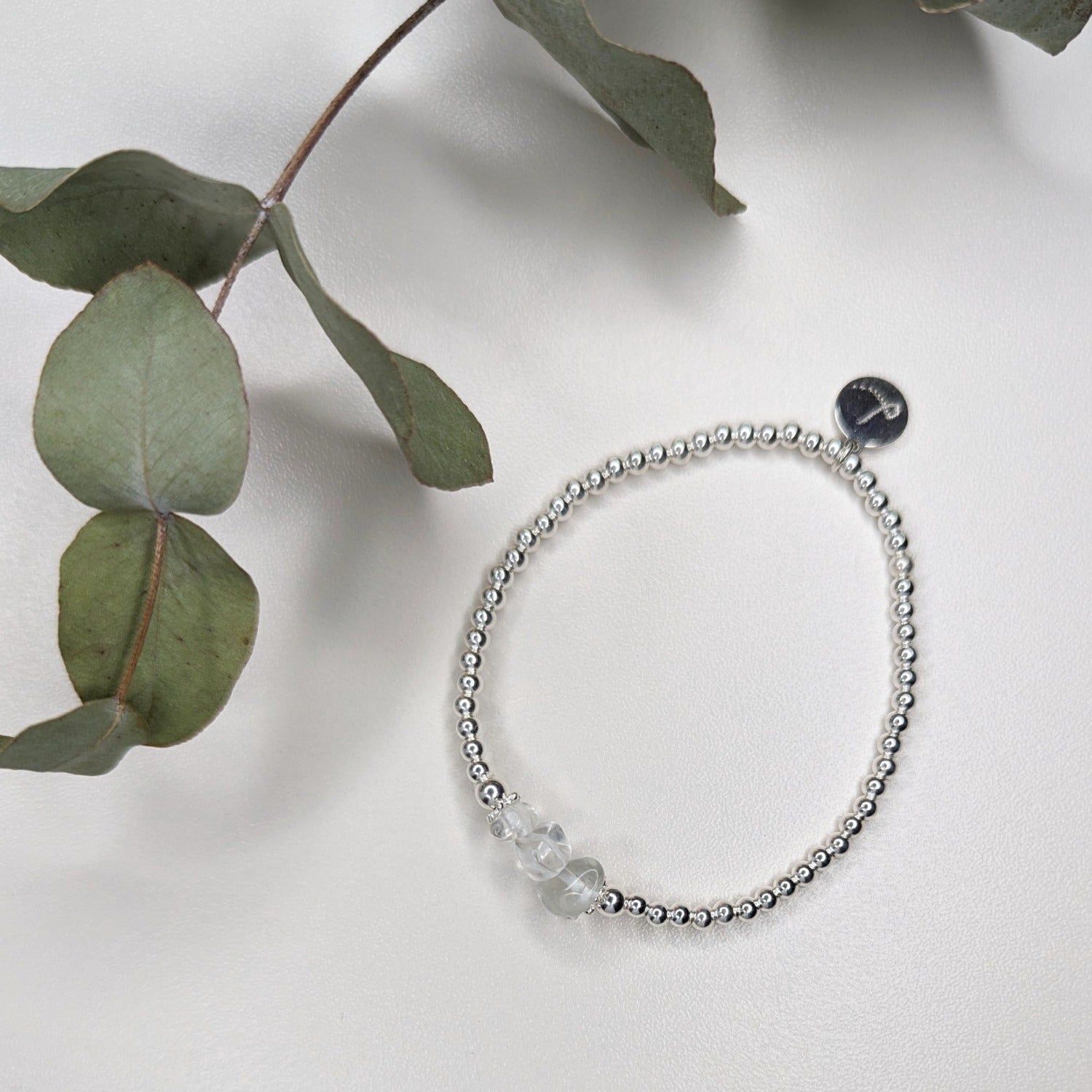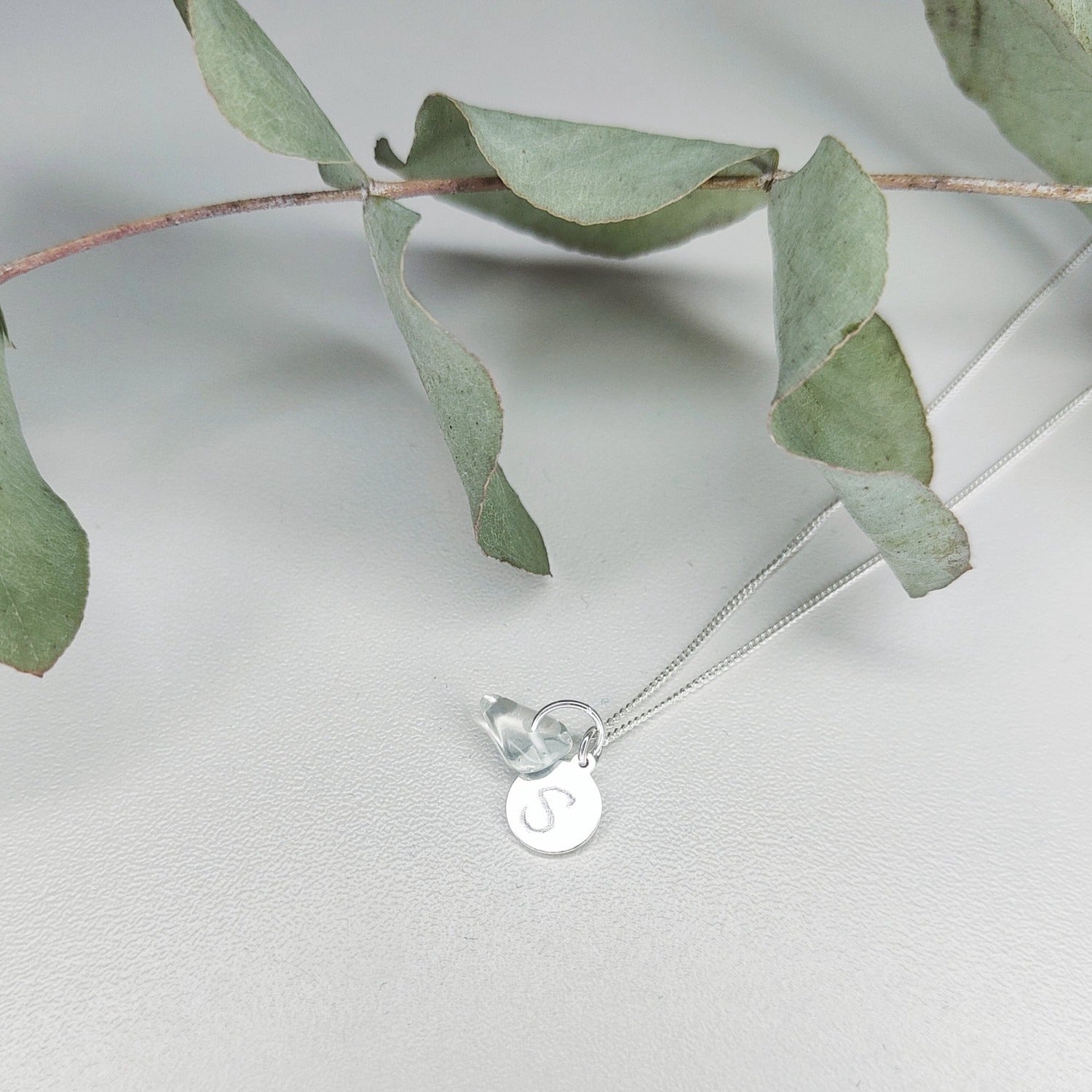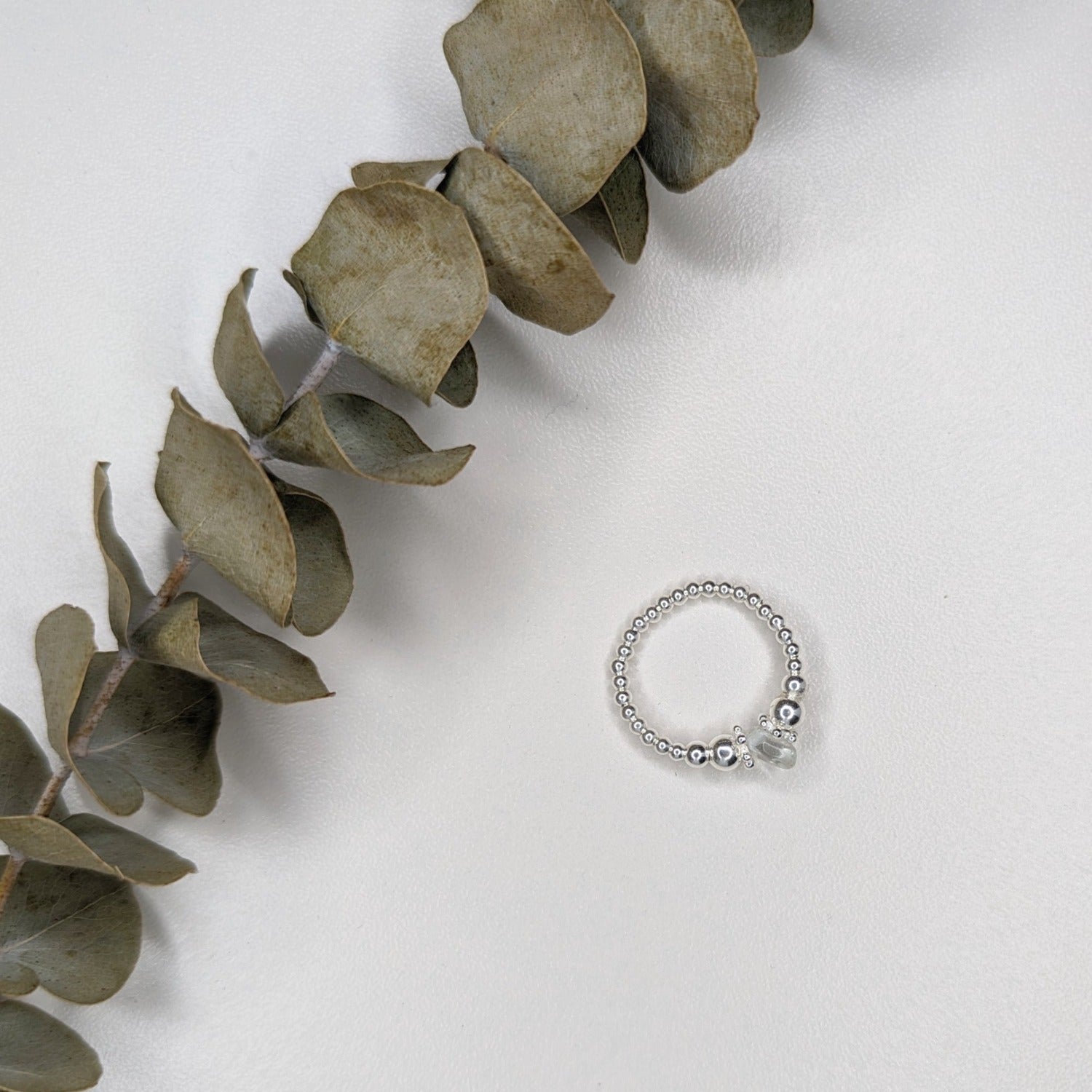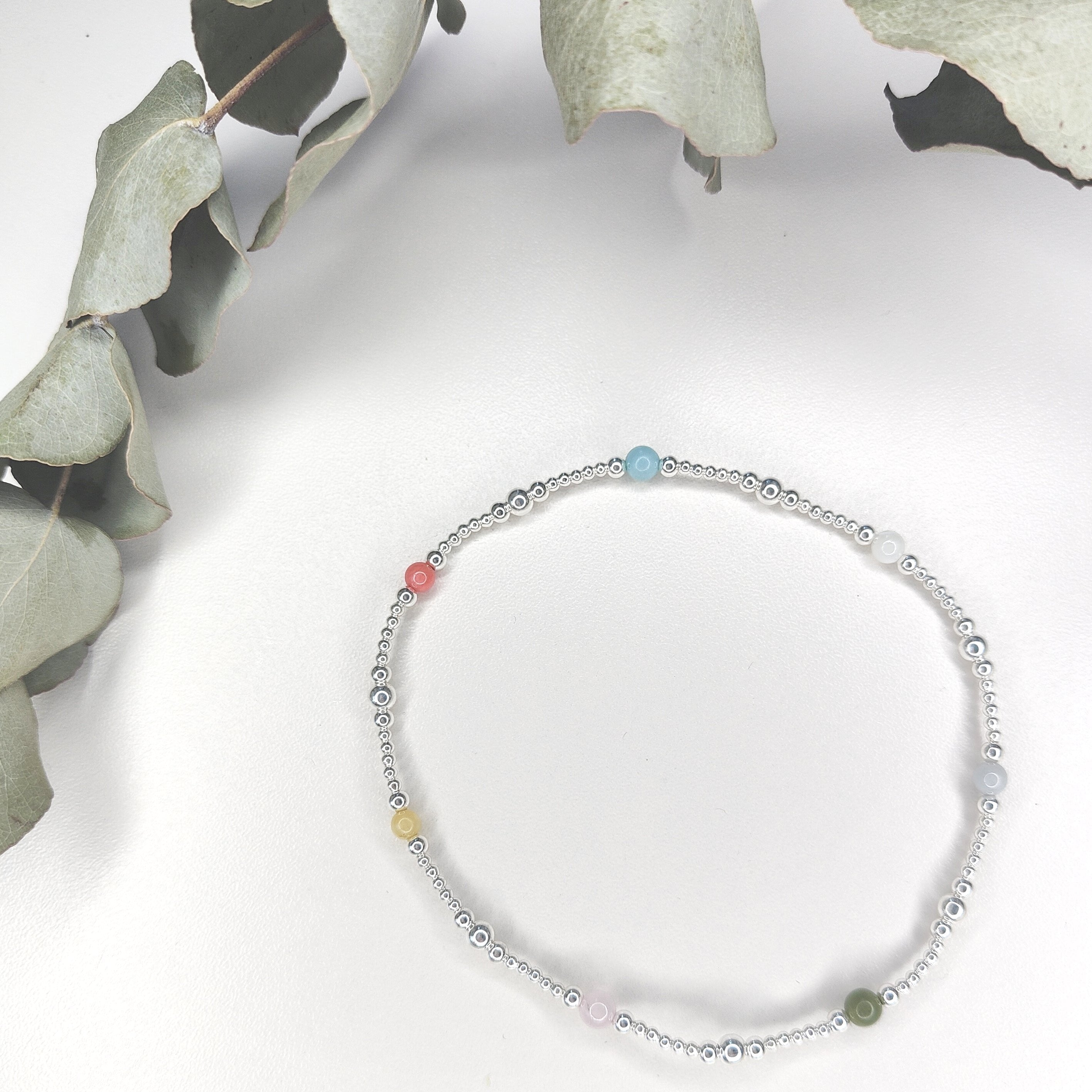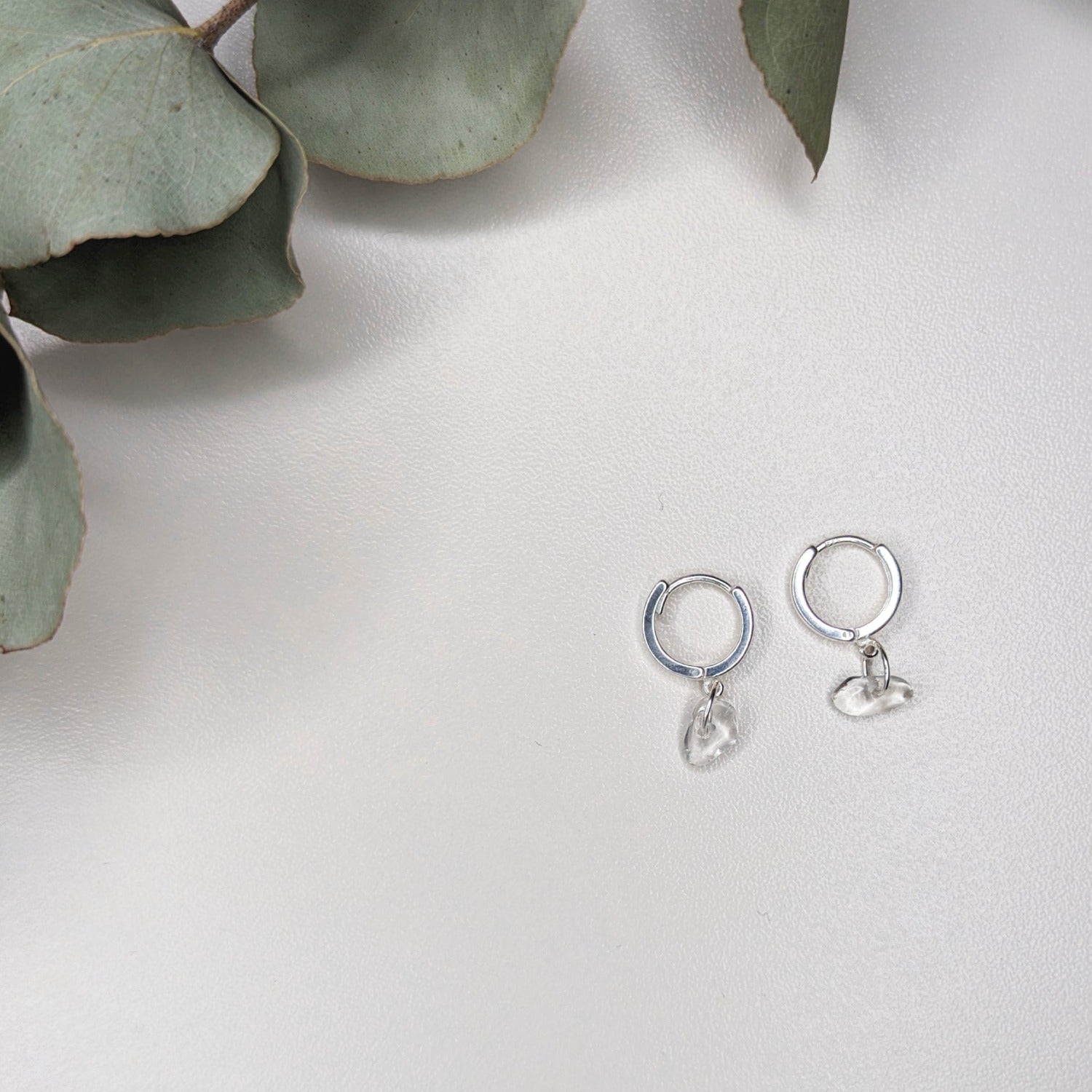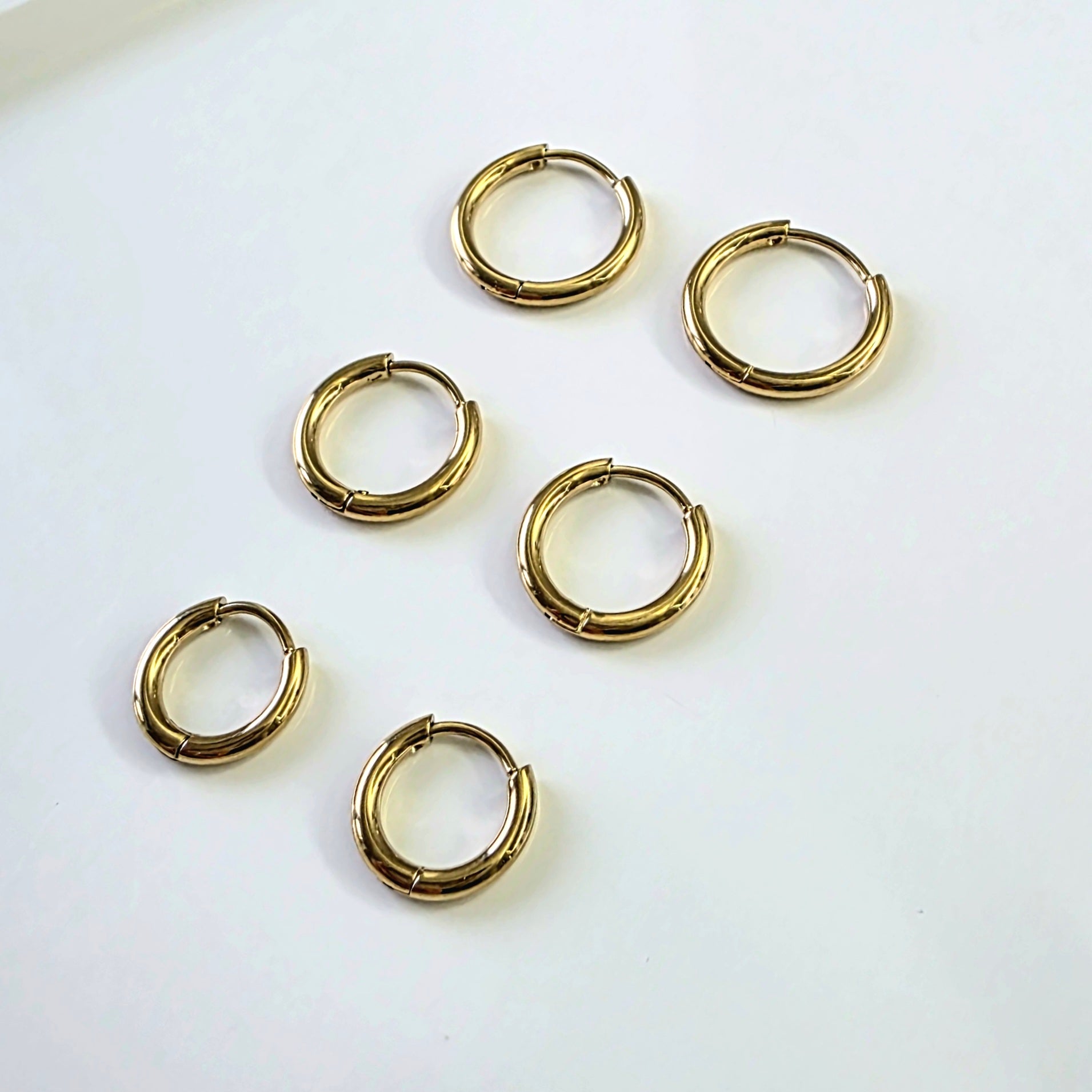One of the most common questions I hear is: “Can I shower with sterling silver?” As someone who handcrafts pieces for real people, I believe in giving honest, practical advice. In this article we’ll explore how water and everyday moisture affect sterling silver jewellery, whether it’s safe to wear daily, and how rings fare when they get wet. Where helpful, I will also link to my custom design options and core wedding services to help you take care of your pieces.
Is sterling silver ok to shower with?
Yes, but only occasionally, and with care. Pure water itself won’t instantly harm sterling silver, but regular exposure to hot water, soaps, shampoos or water containing chemicals will speed up tarnishing. Over time, water reacts with the non-silver metals in the alloy (usually copper) and causes oxidation, producing a dull layer. If you choose to wear sterling silver in the shower, make sure to rinse off all soap residue and dry it thoroughly right afterward. For most pieces, I advise removing them before showering to preserve the metal’s brightness.
Is sterling silver good to wear every day?
Absolutely. Sterling silver is a popular choice for everyday jewellery. Many people wear silver rings and necklaces from morning until night. In fact, regular wear can help slow tarnish, the natural oils on your skin form a gentle barrier that protects the metal. That said, “every day” includes many environments, so take off your silver when handling strong chemicals, doing heavy work or using chlorinated water. A quick wipe with a soft cloth before bed and storing it properly will help keep it looking its best.
Can sterling silver rings get wet?
Yes, sterling silver rings can get wet without immediate harm. However, repeated exposure to water and cleansers will cause faster tarnishing over time. Occasional hand-washing or rain exposure is manageable, but prolonged contact (like showers, swimming or hot tubs) accelerates oxidation. To protect your rings, remove them before bathing or swimming, and always dry them thoroughly. Polishing away any early tarnish will restore their shine and help prolong their life.
Why does water cause tarnish?
Tarnish occurs when silver reacts with sulfur or oxygen in the air. When moisture is present, the reaction speeds up, especially in hot or humid conditions. Tap water often contains dissolved minerals or chlorine which contribute to further reaction. These interactions can lead to darker patches or uneven dulling over time.
Tips to protect your sterling silver jewellery
- Remove jewellery before showering, swimming or using hot tubs.
- Avoid contact with soaps, shampoos, perfumes and lotions before wearing.
- Rinse with plain water and pat dry with a soft cloth after any exposure.
- Store pieces in airtight pouches or anti-tarnish bags when not worn.
- Use a gentle silver polishing cloth when you spot dull areas.
When to seek professional cleaning or maintenance
If your silver piece develops heavy tarnish in crevices or around settings, a simple home polish may not reach the area effectively. In such cases, I offer a cleaning and servicing option for my jewellery collections. A professional clean restores even hard-to-reach surfaces and ensures the integrity of any gemstones. Explore the care and servicing options available on the wedding page if you are one of my customers.
For those who prefer custom lengths, finishes or plating to reduce tarnish risk, check out my bespoke offerings: Create Your Own and individual product pages like Create Your Own Bracelet, Create Your Own Earrings and Create Your Own Necklace.
